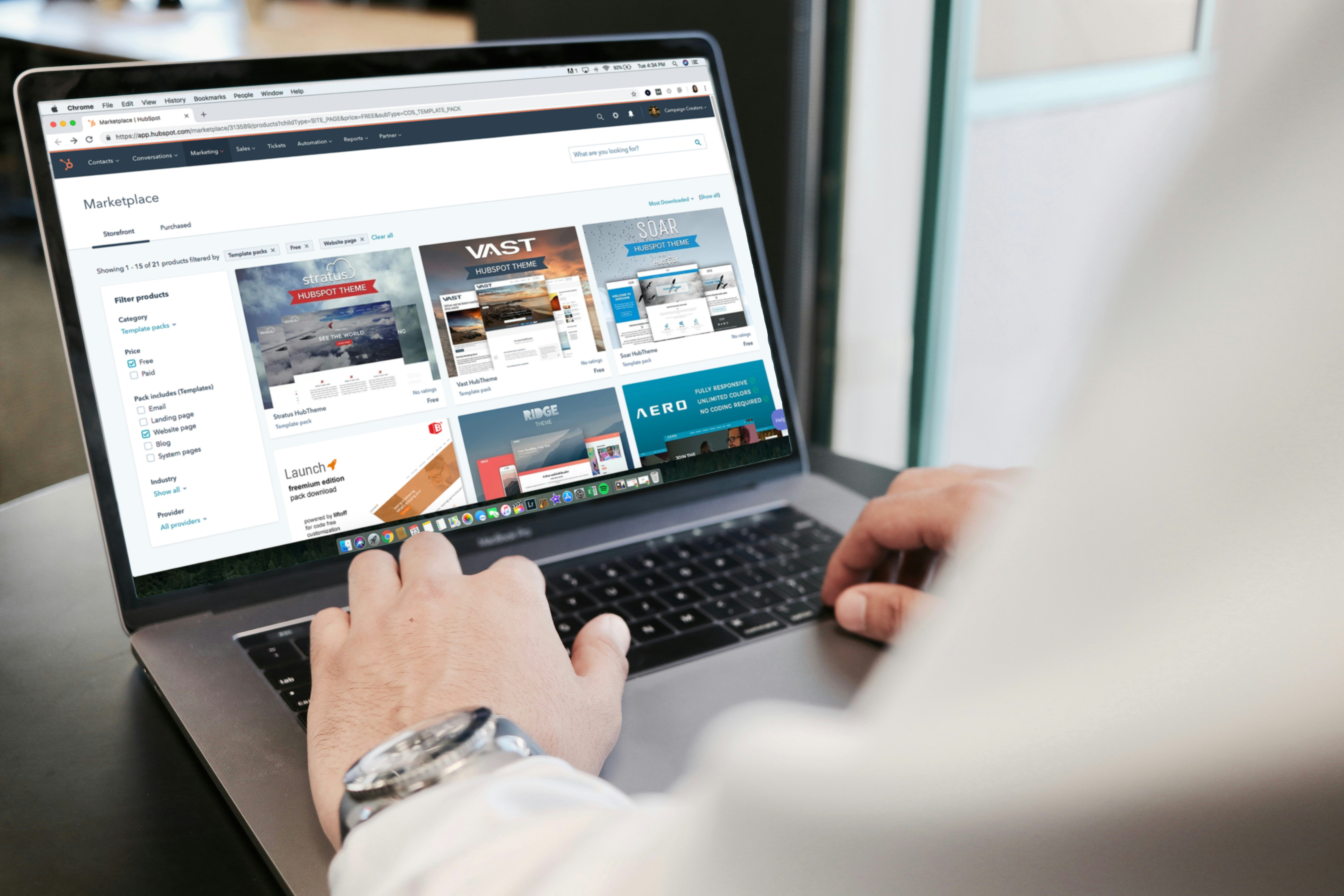Multi-step animations make interactions feel richer, adding depth and personality to UI elements. Buttons that expand on hover or elements that react to drag movements make the experience more immersive.

The Power of Motion in UI/UX
A well-placed animation enhances usability by making interactions feel natural.
Smooth Motion with Easing Functions: Use easing to create realistic transitions that avoid abrupt stops and starts.
Keyframes for Multi-Step Effects: Rather than a simple fade, use keyframes to sequence complex movements.
Interactive Motion for Feedback: Visual responses to user actions—like a growing hover effect—improve clarity.
Enhancing Navigation with Scroll Effects: Scroll-triggered animations bring content to life as users explore.
By refining motion design techniques, you can create interfaces that feel intuitive and engaging.

Crafting Meaningful UI Animations
Good animations support usability and create a sense of flow.
Using Easing for Smooth Motion: Easing creates movement that feels effortless rather than mechanical.
Leveraging Keyframes for Complexity: Keyframes enable advanced sequences that add life to UI elements.
Enhancing Usability with Motion: Well-timed interactions, like hover or drag effects, improve feedback.
Scroll-Based Animations for Layered Design: Motion tied to scrolling makes layouts feel more immersive.
When done right, animations make digital experiences feel more intuitive and polished.
Posted on:
November 12, 2024

